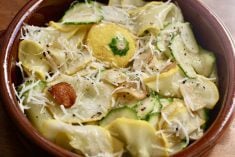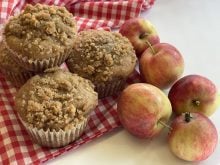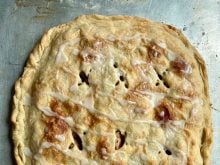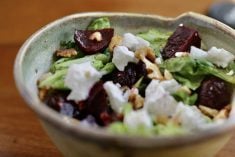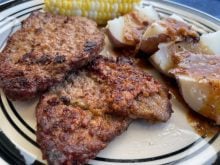There are many Easter traditions. Along with parades, bunnies, candy and lilies there is the egg. Eggs represent rebirth and renewal.
The most notable Easter egg in Canada is the giant Pysanka in Vegreville, Alta.
In 1973, the Government of Alberta established the Alberta Century Celebrations Committee to coordinate the centennial celebrations of the Royal Canadian Mounted Police (RCMP). The committee distributed funds to several Alberta municipalities including Vegreville. With these funds, the Vegreville & District Chamber of Commerce decided to build to Pysanka to symbolize Vegreville’s rich Ukrainian culture and the peace and security that the RCMP offered the area’s pioneers and their descendants.
Read Also

Alberta cracks down on trucking industry
Alberta transportation industry receives numerous sanctions and suspensions after crackdown investigation resulting from numerous bridge strikes and concerned calls and letters from concerned citizens
Bacon Egg Cups for Breakfast
- 6 medium eggs
- 6 slices bacon
- 1/4 tsp. kosher salt 1 mL
- 1/4 tsp. black pepper 1 mL
- 1/4 tsp. red pepper flakes 1 mL
Preheat the oven to 400 F (200 C). Lightly grease six non-stick muffin tin cups.
Partially cook the bacon. This renders some of the fat and will help the bacon crisp up faster when baking.
Wrap a bacon strip around the inside of muffin tin cups.
Break an egg into each cup.
Bake until the whites are set, 12-15 minutes. Remove the pan from the oven and carefully run a knife around the edges of each cup to help loosen. Use a soup spoon to carefully lift each cup up from the muffin pan, inserting the spoon beneath the cups.
Season the eggs with salt, pepper and red pepper flakes. Serve immediately.
To make this recipe with scrambled eggs, scramble the eggs with seasonings, then divide them among the bacon-wrapped muffin tin cups. Proceed with baking until the eggs are set. If using scrambled eggs, you can add additions such as sauteed diced onions or bell peppers. You can also add shredded cheese.
If the eggs are fully cooked, you can keep the leftovers in an airtight container in the fridge for up to three days. Reheat them in the microwave, covered, at 50 per cent power. You can also freeze the cooled leftovers and reheat them in the microwave.
Naturally Dyed Easter Eggs
- 6 unpeeled, hard-boiled white or brown eggs, at room temperature
- 2 c. water, boiling 500 mL
- white vinegar
- vegetable oil
Dye options (per two cups water):
- 2 c. shredded red beets (for pink on white eggs, maroon on brown eggs) 500 mL
- 2 c. red onion skins (for lavender on white eggs, red on brown eggs) 500 mL
- 2 c. yellow onion skins (for orange on white eggs, rusty red on brown eggs) 500 mL
- 1/4 c. ground turmeric (for yellow eggs) 60 mL
- 2 c. chopped purple cabbage (for blue on white eggs, green on brown eggs) 500 mL
- 2 c. blueberries (for blue eggs) 500 mL
Make the liquid like a tea with boiling water and colouring ingredient. Strain the liquid. Add one tablespoon (15 mL) white vinegar to every one cup strained dye liquid.
Soak hard-boiled eggs in the dye liquid and refrigerate.
After several hours take eggs out of refrigerator and dry them. If the colour is not deep enough repeat using the same liquid. This can be repeated several times.
When the eggs have reached the desired colour, dry and polish with a little oil to make them shine.
Grazing Platter with Eggs
An Easter grazing platter wouldn’t be complete without eggs. The added protein makes this hearty, and eggs are less expensive than using only cured meats.
- devilled eggs or boiled eggs, cut in half
- asparagus, blanched for 2 minutes
- thinly sliced cured meat such as salami or prosciutto
- radishes, cut in half
- endive leaves
- olives or pickles, bite size
- whipped feta dip, recipe follows
Decoratively arrange everything on a platter. Serve with crusty bread, pita or crackers.
Whipped Feta Dip
- 1/2 lemon
- 2 c. crumbled feta 500 mL
- 1/2 c. plain low-fat Greek yogurt 125 mL
- 2 tbsp. extra virgin olive oil, plus optional more for garnish 30 mL
- crushed red pepper chili flakes, for garnish
- fresh dill, for garnish
- warmed pita bread cut into wedges, chips, or crudites, for dipping
Zest the lemon and reserve the zest. Then juice it.
In the bowl of a food processor, combine the lemon juice with the feta, yogurt and two tablespoons (30 mL) olive oil.
Process until smooth and airy. You may need to pause and scrape down the sides once or twice.
Serve at room temperature or chilled. It will keep in the fridge for up to one week or it can be frozen for up to three months.
To serve, garnish with another drizzle of olive oil, a sprinkle of red pepper flakes, lemon zest and fresh dill.
Easy White Chocolate Easter Bark
- 12 oz. white melting wafers 350 g
- 6 oz. package of Easter egg candy, roughly chopped 170 g
- 2 tsp. other sprinkles 10 mL
Prepare a baking sheet with a layer of parchment paper.
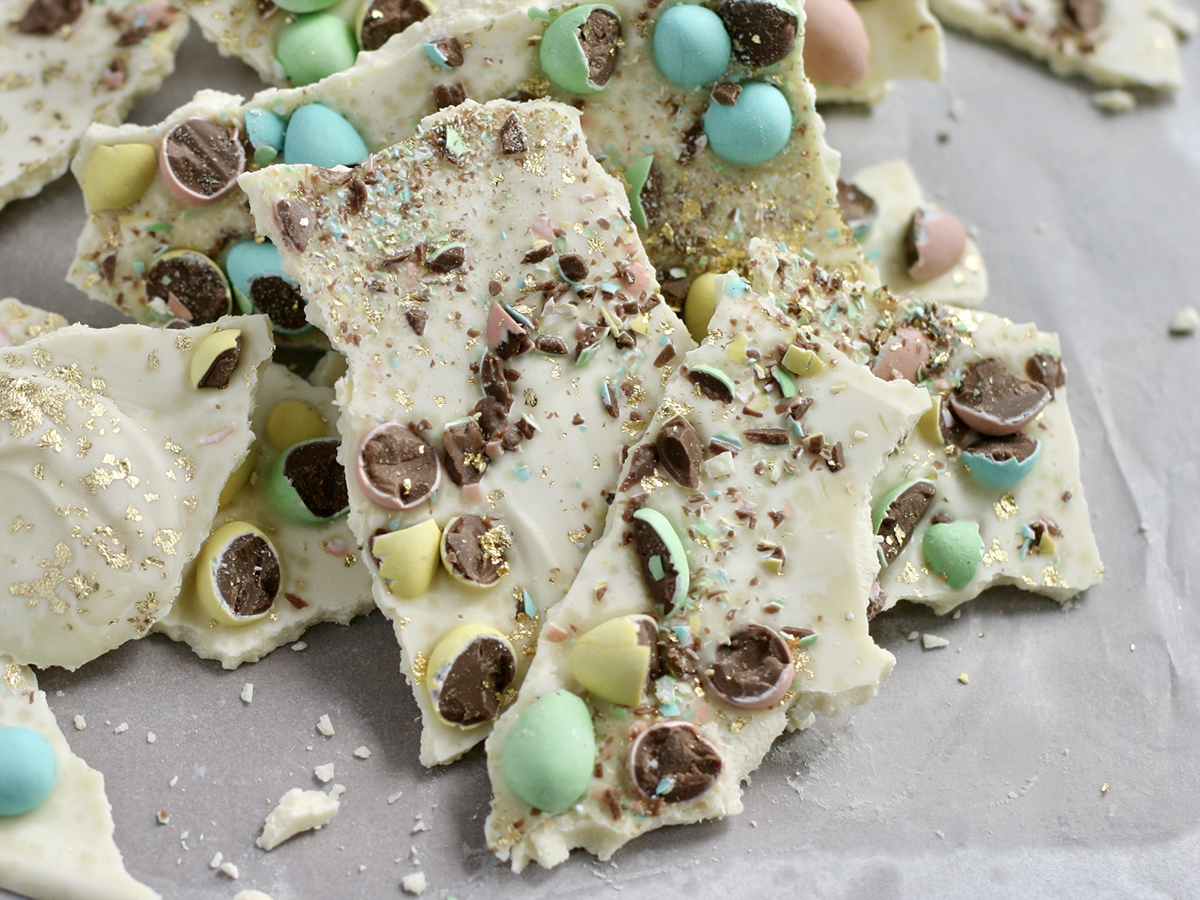
Melt the wafers in a microwave-safe bowl in short bursts, stirring between each. The wafers should completely melt in between 60 and 90 seconds depending on your microwave.
Spread the melted wafers onto the parchment paper in a smooth layer. This does not have to be perfect because you will be cutting it into irregular pieces.
Sprinkle the candies and the sprinkles over the chocolate. Press down on the candies to secure them into the chocolate.
Place in the refrigerator until hardened or leave on countertop overnight to harden.
Once the chocolate has hardened, slide the bark of the parchment paper and onto a cutting board and cut into pieces. Or you can snap off pieces.
Store in an airtight container for up to two weeks.
Sarah Galvin is a home economist, teacher and avid supporter of local food producers. She has been a market vendor, grew up on a farm in southeastern Saskatchewan and is a member of TEAM Resources.






